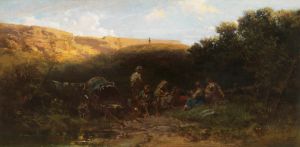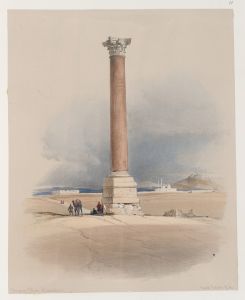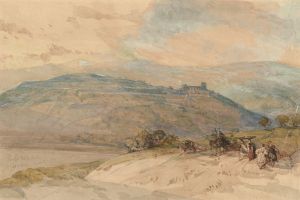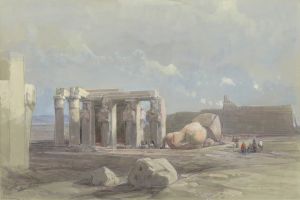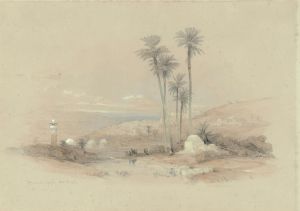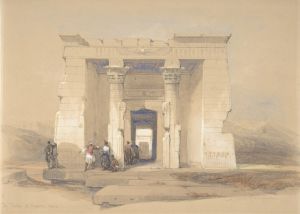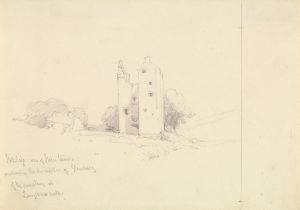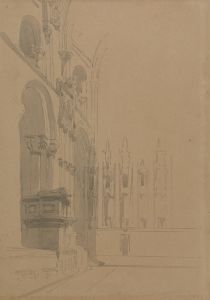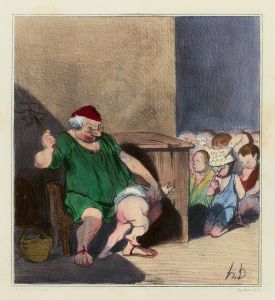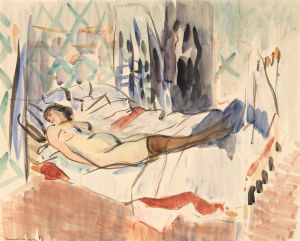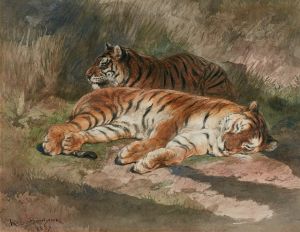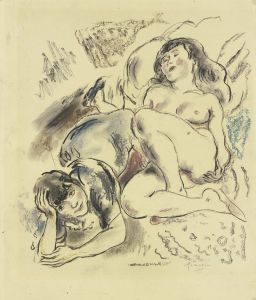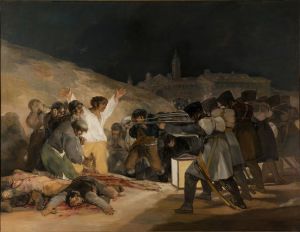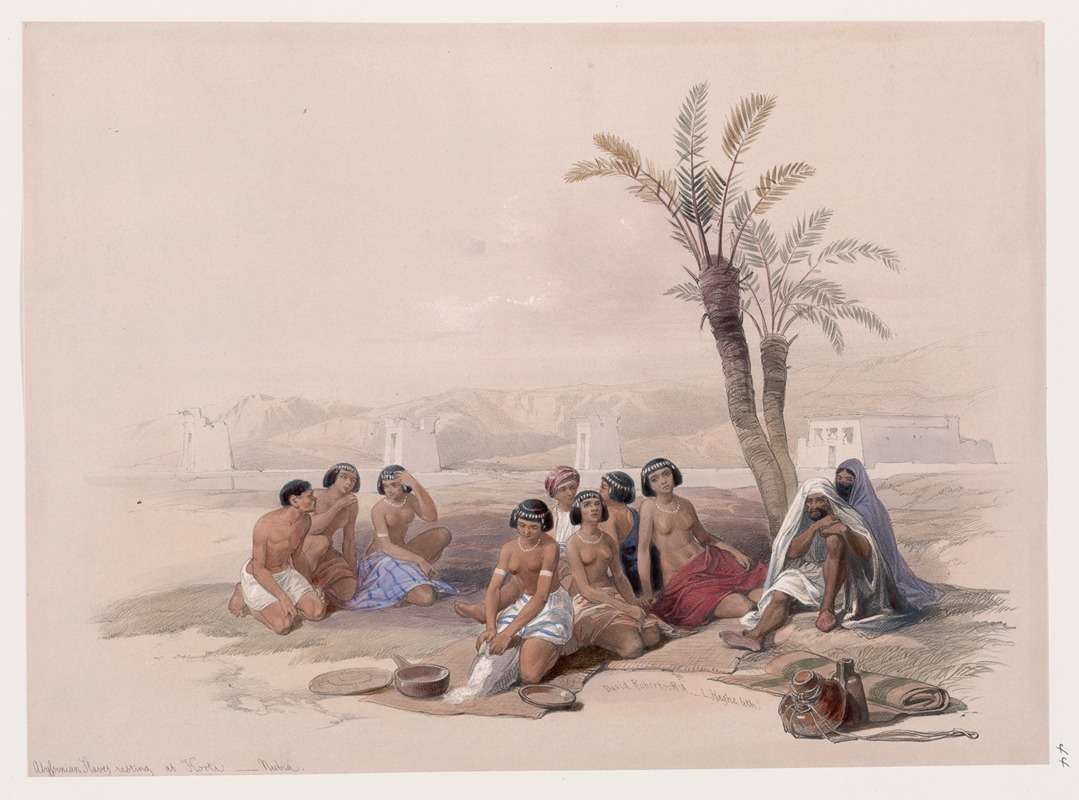
Abyssinian slaves resting at Korti, Nubia.
A hand-painted replica of David Roberts’s masterpiece Abyssinian slaves resting at Korti, Nubia., meticulously crafted by professional artists to capture the true essence of the original. Each piece is created with museum-quality canvas and rare mineral pigments, carefully painted by experienced artists with delicate brushstrokes and rich, layered colors to perfectly recreate the texture of the original artwork. Unlike machine-printed reproductions, this hand-painted version brings the painting to life, infused with the artist’s emotions and skill in every stroke. Whether for personal collection or home decoration, it instantly elevates the artistic atmosphere of any space.
David Roberts (1796–1864) was a Scottish painter known for his detailed and romanticized depictions of landscapes and architectural scenes, particularly those from the Middle East and North Africa. His works were often based on his travels and were widely admired for their accuracy and artistic quality. One of his lesser-known works, Abyssinian Slaves Resting at Korti, Nubia, captures a moment in the region of Nubia, which is located in present-day southern Egypt and northern Sudan.
The painting depicts a group of Abyssinian (Ethiopian) individuals resting in Korti, a location along the Nile River that served as a significant waypoint for travelers and traders in the 19th century. The term "Abyssinian slaves" reflects the historical context of the time, as the trans-Saharan slave trade was still active during Roberts' era. Abyssinia, the historical name for Ethiopia, was a source of enslaved individuals who were often transported to various parts of North Africa and the Middle East. The painting likely portrays these individuals in a moment of respite during their journey.
Roberts visited Egypt and Nubia in 1838–1839 as part of a larger expedition to document the landscapes, monuments, and people of the region. His travels resulted in a series of lithographs and paintings that were published in the monumental work The Holy Land, Syria, Idumea, Arabia, Egypt, and Nubia (1842–1849). While many of his works focused on grand architectural and natural scenes, this particular painting offers a more human-centered perspective, highlighting the individuals who lived and traveled through these regions.
The painting is characterized by Roberts' attention to detail and use of light and shadow to create depth and atmosphere. The figures are depicted in traditional attire, and the surrounding landscape reflects the arid environment of Nubia. As with many of Roberts' works, the painting combines artistic interpretation with elements of documentary realism, providing a glimpse into the lives of people in the region during the 19th century.
It is important to note that while Roberts' works are valuable historical records, they also reflect the perspectives and biases of a European artist during the colonial era. His depictions may not fully capture the complexities of the lives and experiences of the individuals portrayed.
Further details about the specific circumstances of the individuals in the painting or the exact date of its creation are not readily available.





